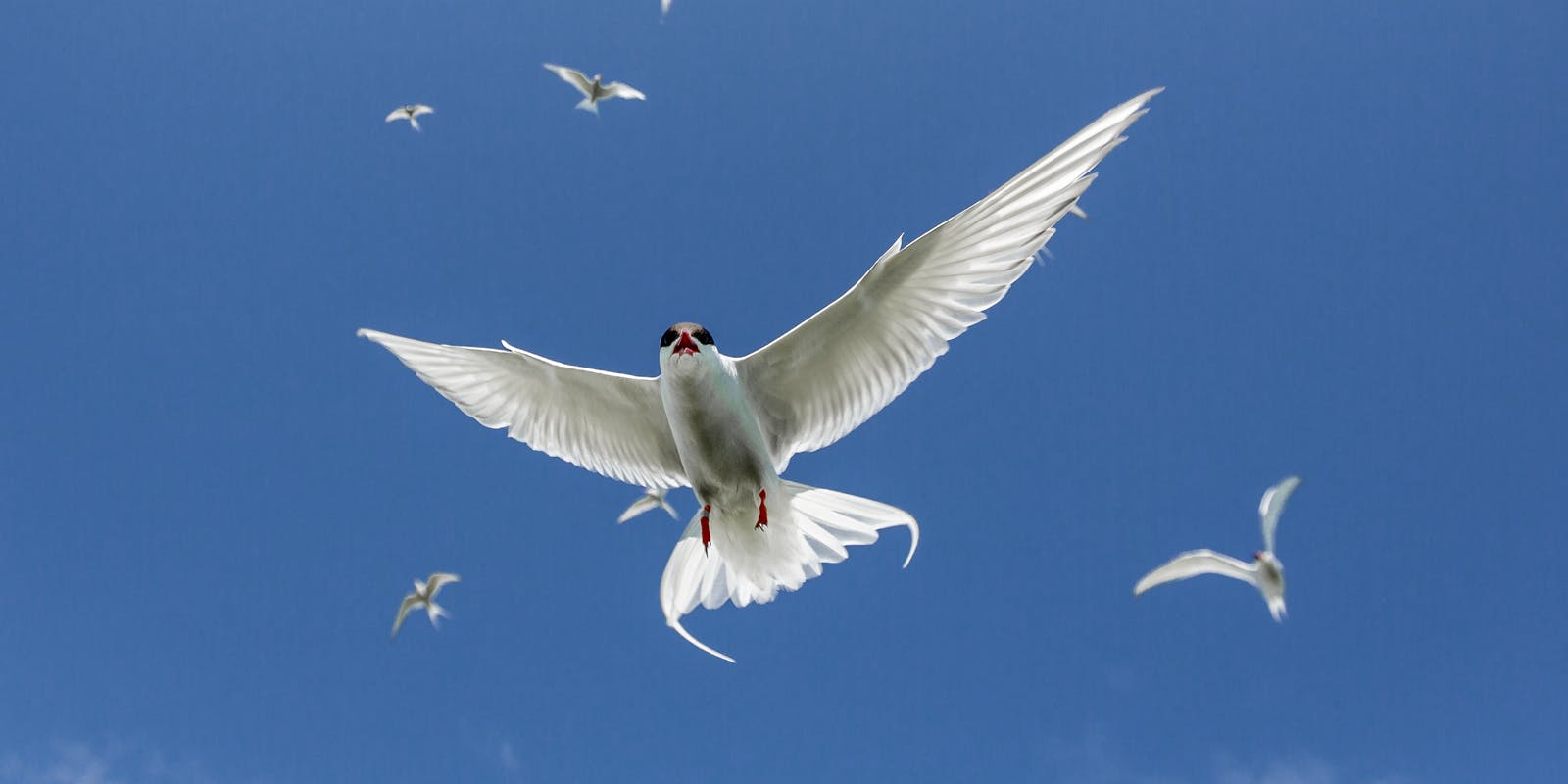
Animals and Wildlife in Iceland
Wildlife in Iceland
Iceland is known for its stunning landscapes, including its unique wildlife. While the country's Arctic climate and geographical isolation limit the variety of species found in Iceland, there are still several fascinating animals and wildlife to discover.
The Arctic Fox
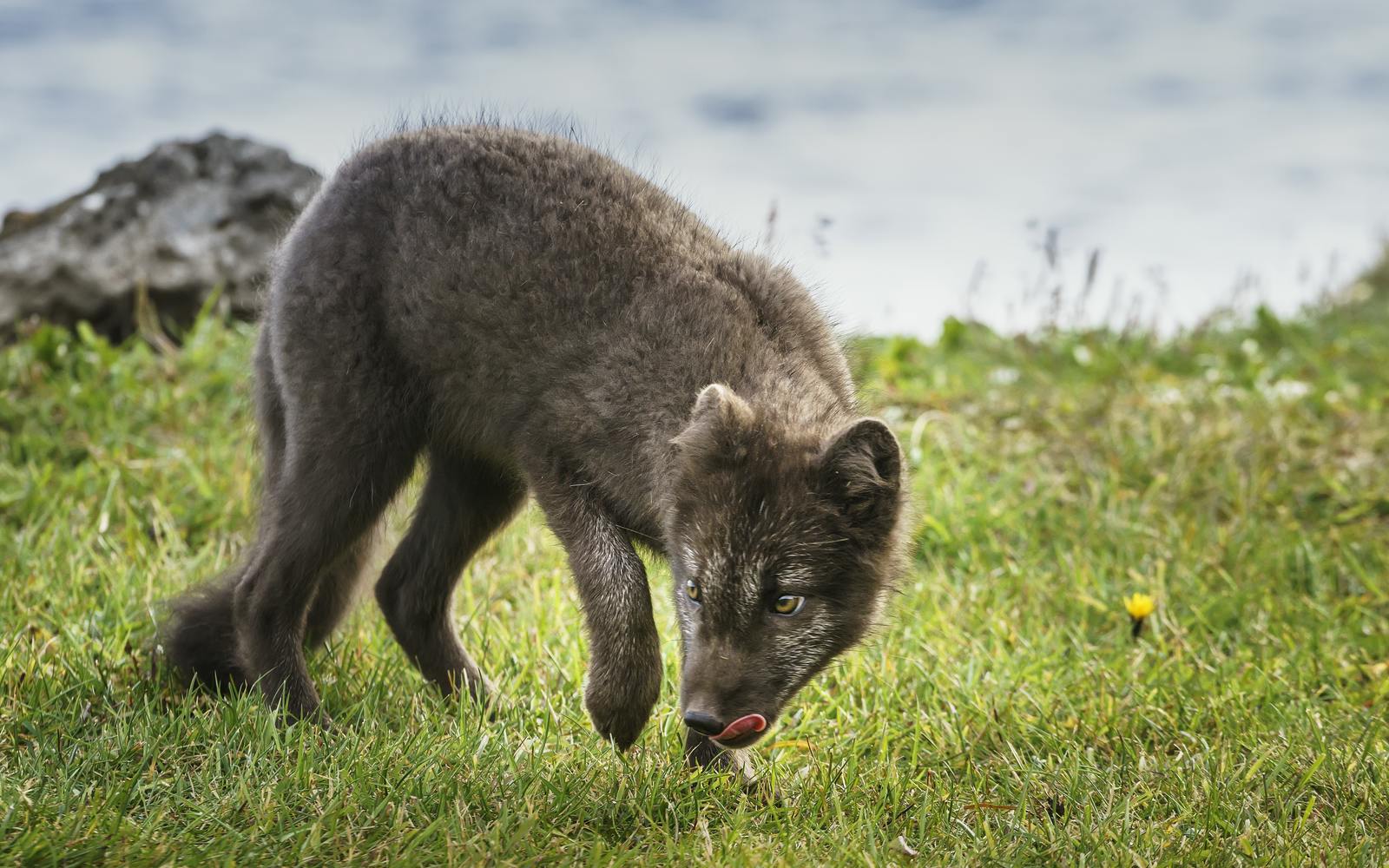
The Arctic Fox is the only native land mammal in Iceland. It has a beautiful white or blue-grey coat during winter, which changes to brown or grey during the summer. Arctic foxes are known for their ability to survive in extremely cold conditions. Arctic foxes can be found in various regions of Iceland, particularly in remote and uninhabited areas.
Reindeer
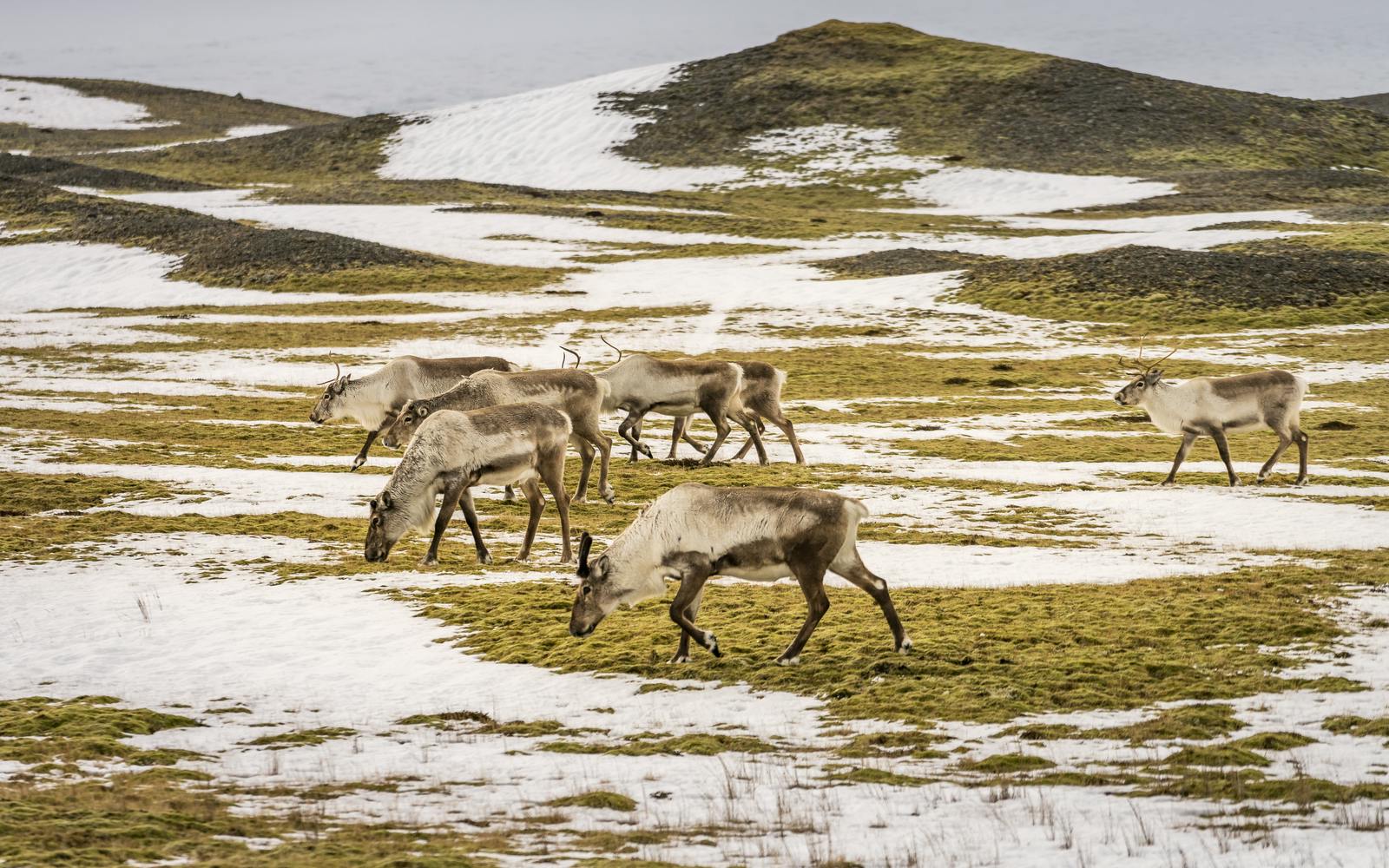
Introduced to Iceland from Norway in the late 18th century, reindeer served as a new source of meat and income for rural areas. These semi-domesticated animals are mostly found in the harsh, mountainous terrain of eastern Iceland, managed by local herding associations for hunting and meat production.
Despite being smaller and more disease-resistant than their global counterparts, reindeer are not commonly domesticated in Iceland, instead roaming semi-wild under monitoring and regulation by local associations.
Polar Bears

Polar bears are not native to Iceland. They primarily inhabit the Artic regions, including parts of Greenland, Canada, Russia, the United States, and Norway. However, there have been occasional sightings of polar bears in Iceland. These are considered rare and exceptional occurrences. Polar bears are known to occasionally drift on icebergs or ice floes from Greenland to Iceland. These drifting bears are typically considered lost or disoriented and are in search of land or food.
What happens when the polar bear arrives in Iceland? And how often do they come to Iceland? Find out by reading more here.
Marine Wildlife in Iceland
Iceland's surrounding waters are rich in marine life, thanks to the nutrient-rich currents and the country's location at the confluence of the cold Arctic and warmer Atlantic Ocean.
Whales

Iceland is renowned as one of the best places in the world for whale watching. It's important to note that whale-watching tours in Iceland are conducted with great care and respect for these magnificent creatures. Responsible operators follow guidelines to ensure minimal disturbance to the whales and their natural environment, allowing visitors to observe and appreciate them while minimizing potential impact.
Various species of whales can be spotted around the island, including:
- Humpback Whales: They are among the most frequently sighted whales in Icelandic waters. Known for their acrobatic behaviour, they often breach, slap their tails, and display their distinctive long pectoral fins. Humpbacks migrate to Icelandic waters during summer to feed on rich marine resources.
- Minke Whales: Minke whales are the smallest of the baleen whales and are commonly found in Icelandic waters year-round. They are known for their agility and often surface briefly before diving again. Minke whales are curious creatures and may approach boats, providing excellent viewing opportunities.
- Orca: Orcas, also known as killer whales, are the largest members of the dolphin family. They can occasionally be seen in Icelandic waters, especially during winter. Orcas are highly intelligent and social animals, and observing their behaviour in the wild is a remarkable experience.
- Blue Whales: The blue whale, the largest animal on Earth, occasionally visits Icelandic waters. While sightings are rarer compared to other whale species, the chance to witness these magnificent creatures is awe-inspiring.
Seals
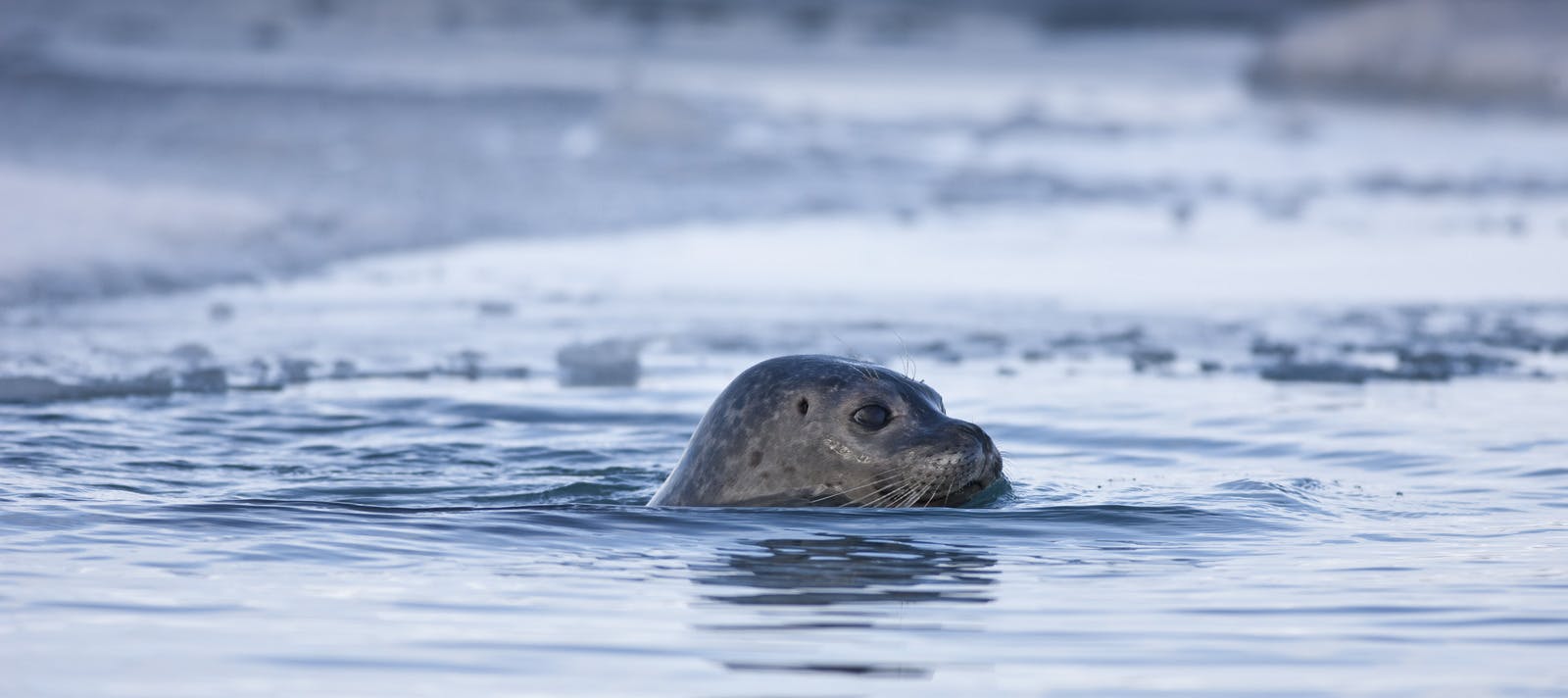
Iceland is home to various seal species that can be found along its coastal areas and in some inland waters. Seals are often spotted resting on rocky shores or swimming near the coast. Here are the main seal species found in Iceland:
- Harbor Seals: Harbor seals are the most common seal species in Icelandic waters. They have a grey or brownish coat and are often seen hauled out on rocky shores or sunning themselves on ice floes. Harbor seals are known for their big, round eyes and can be observed in several locations around the country.
- Grey Seals: Grey seals are less common in Iceland compared to harbour seals. They have a more robust body and a longer snout. Grey seals can occasionally be spotted along the coastline, particularly in the northeastern parts of the country.
- Ringed Seals: Ringed seals are less dominant in Iceland than harbour or grey seals, but they can occasionally be seen. They are the smallest and most northernmost seal species and are adapted to Arctic conditions. Ringed seals are known for their ring-like markings on their coats.
It's worth noting that seals in Iceland are protected under Icelandic law, and disturbing or approaching them too closely is strictly regulated to ensure their well-being. If you encounter seals, it's important to keep a respectful distance and avoid causing any disturbance to these remarkable marine mammals.
Dolphin and Porpoise
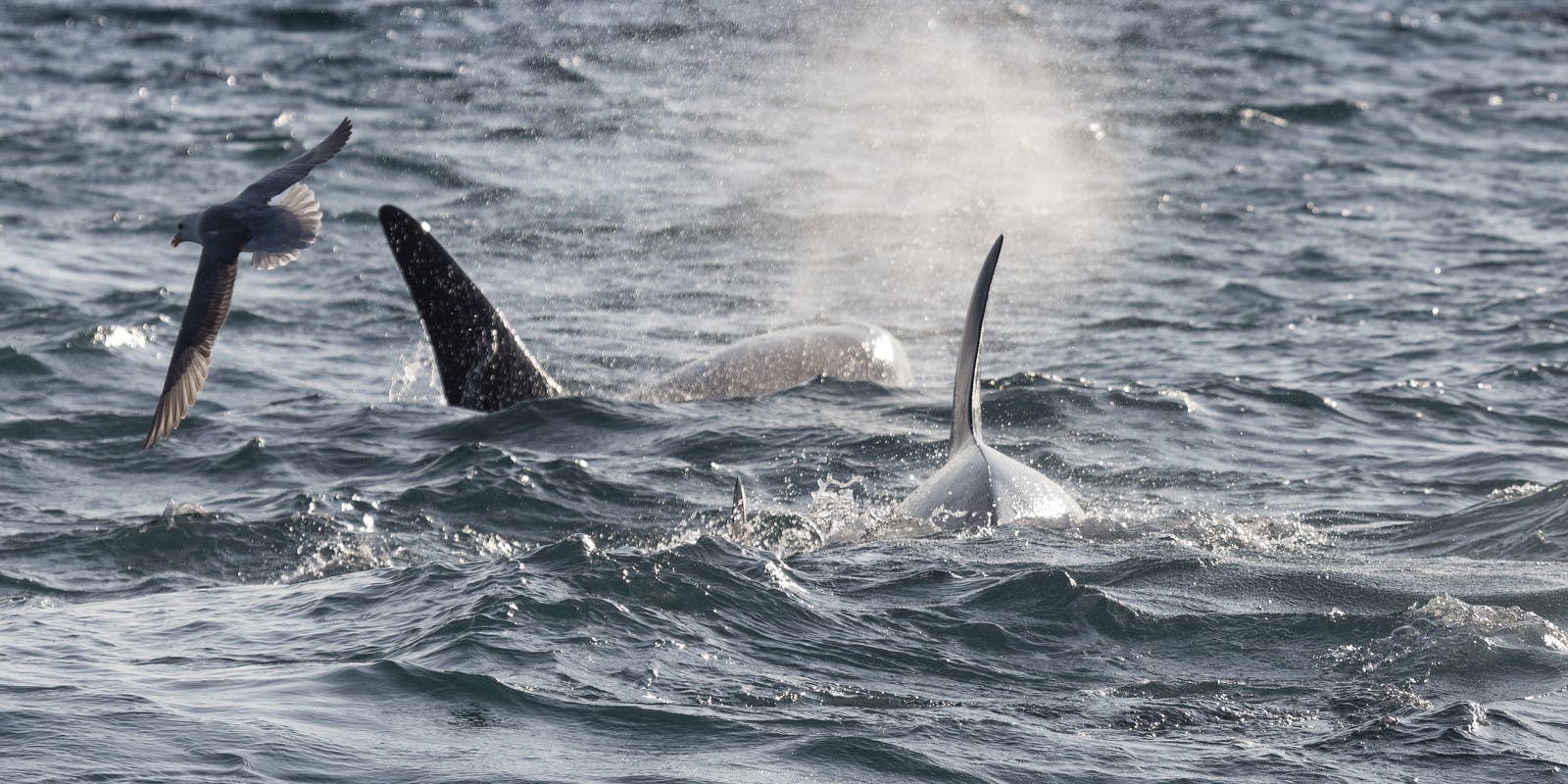
Iceland's coastal waters are home to several species of dolphins and porpoises. These charismatic marine mammals can often be observed during boat trips and whale-watching tours. Here are some of the dolphins and porpoises you can encounter in Icelandic waters:
- White-Beaked Dolphins: recognizable by their white beaks and greyish bodies, are the most prevalent dolphin species in Icelandic waters, travelling in sociable pods of varying sizes
- Harbour Porpoises: the smallest cetaceans in Icelandic waters are often sighted in coastal and shallow areas, but their dark bodies and shy demeanour make them hard to spot
- Risso's Dolphins: rare visitors to Icelandic waters, notable for their robust bodies, tall dorsal fins, and scar-covered grey-to-white skin resulting from encounters with dolphins or squids
- Atlantic White-Sided Dolphins: distinctive black, white, and grey hourglass pattern are rarely seen in Icelandic waters but may be encountered during specific periods of the year
Domestic Animals in Iceland
In addition to the unique wildlife, Iceland is also home to various domestic animals that are well-adapted to the country's challenging environment.
Icelandic Horse
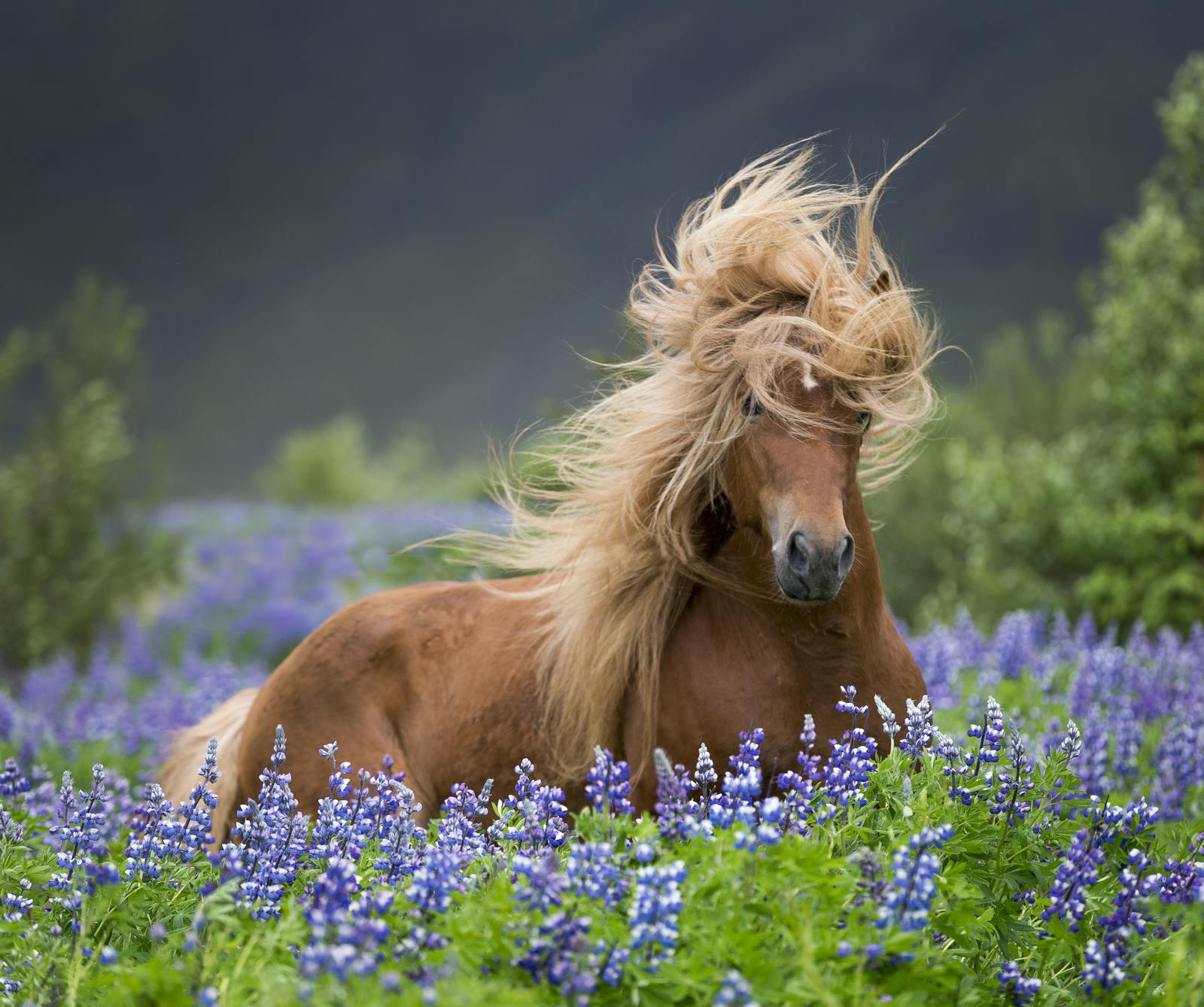
The Icelandic horse holds a special place in Icelandic culture. It has been bred in Iceland from the age of the settlement and is known for its sure-footedness, strength, and endurance. Icelandic horses are small in size, usually standing between 132 and 142 cm high (12-14 hands), and they have a thick double coat to protect them from harsh weather during the winter but thinner coat during the summer.
Icelandic Sheep
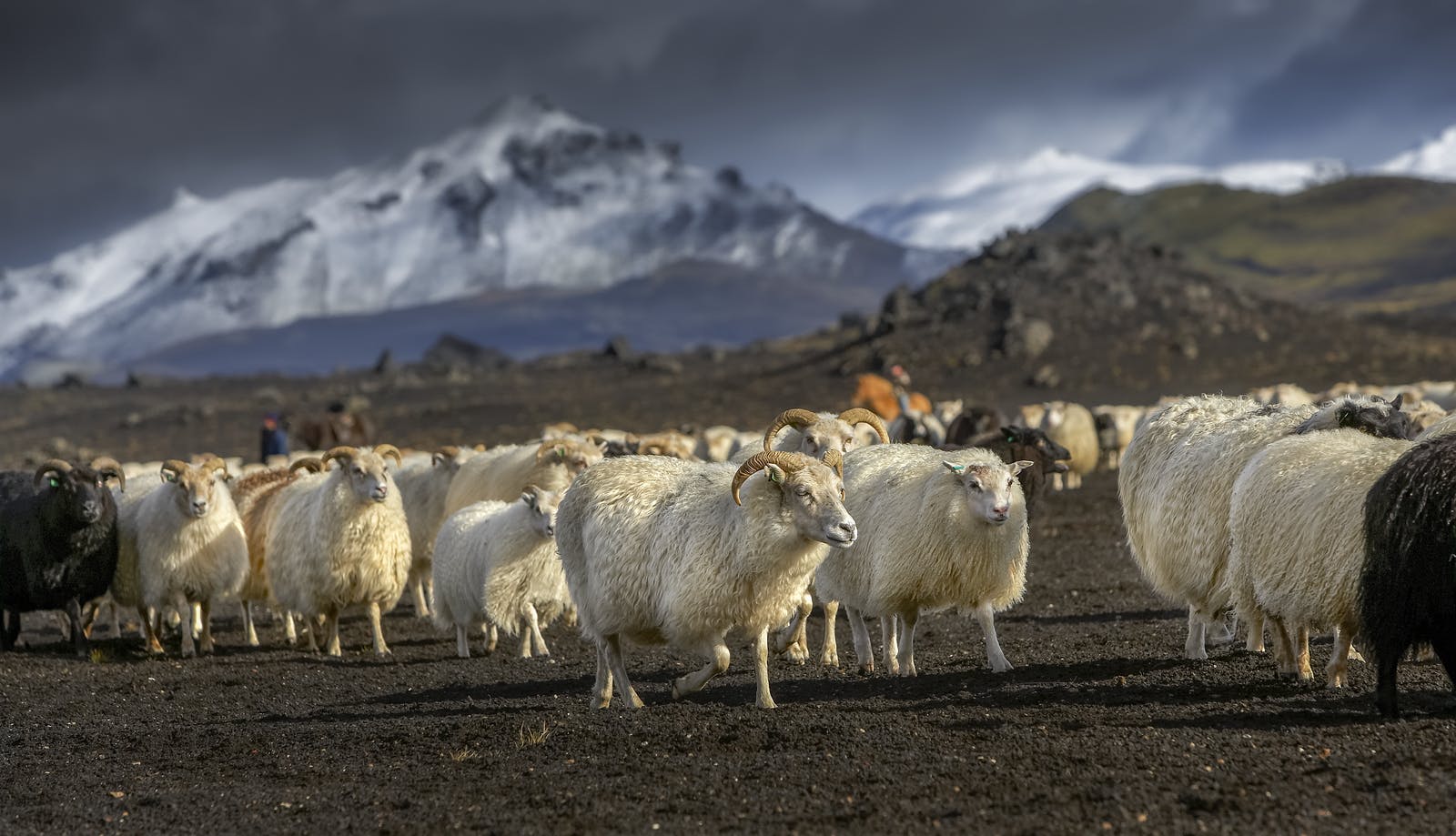
Icelandic sheep are the most common farm animals in Iceland. They are well adapted to the country's rugged terrain and extreme weather conditions. Icelandic sheep are hardy and have a dual coat of wool that helps them survive in the cold climate.
Icelandic Sheepdog
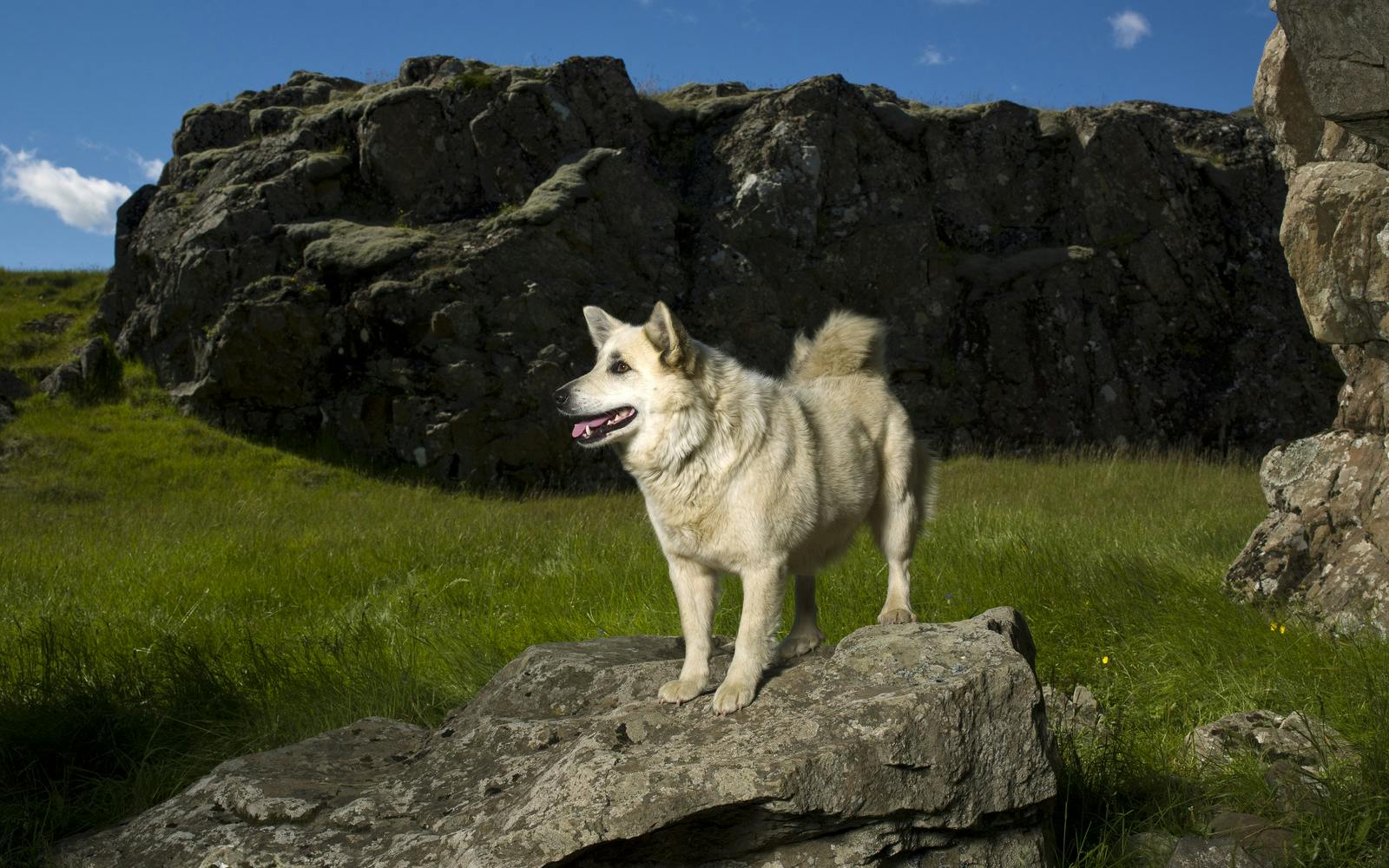
The Icelandic Sheepdog, or Íslenskur fjárhundur, is a breed of dog native to Iceland. It is known for its hardy nature, adaptability to the Icelandic climate, and strong herding instincts. The Icelandic Sheepdog has a long history in Iceland and has been used for herding and guarding sheep for centuries. The Icelandic Sheepdog is treasured in Iceland for its versatility, loyalty, and adaptability. It continues to be an important part of the country's farming traditions and is also gaining popularity as a beloved family companion around the world.
Birds in Iceland
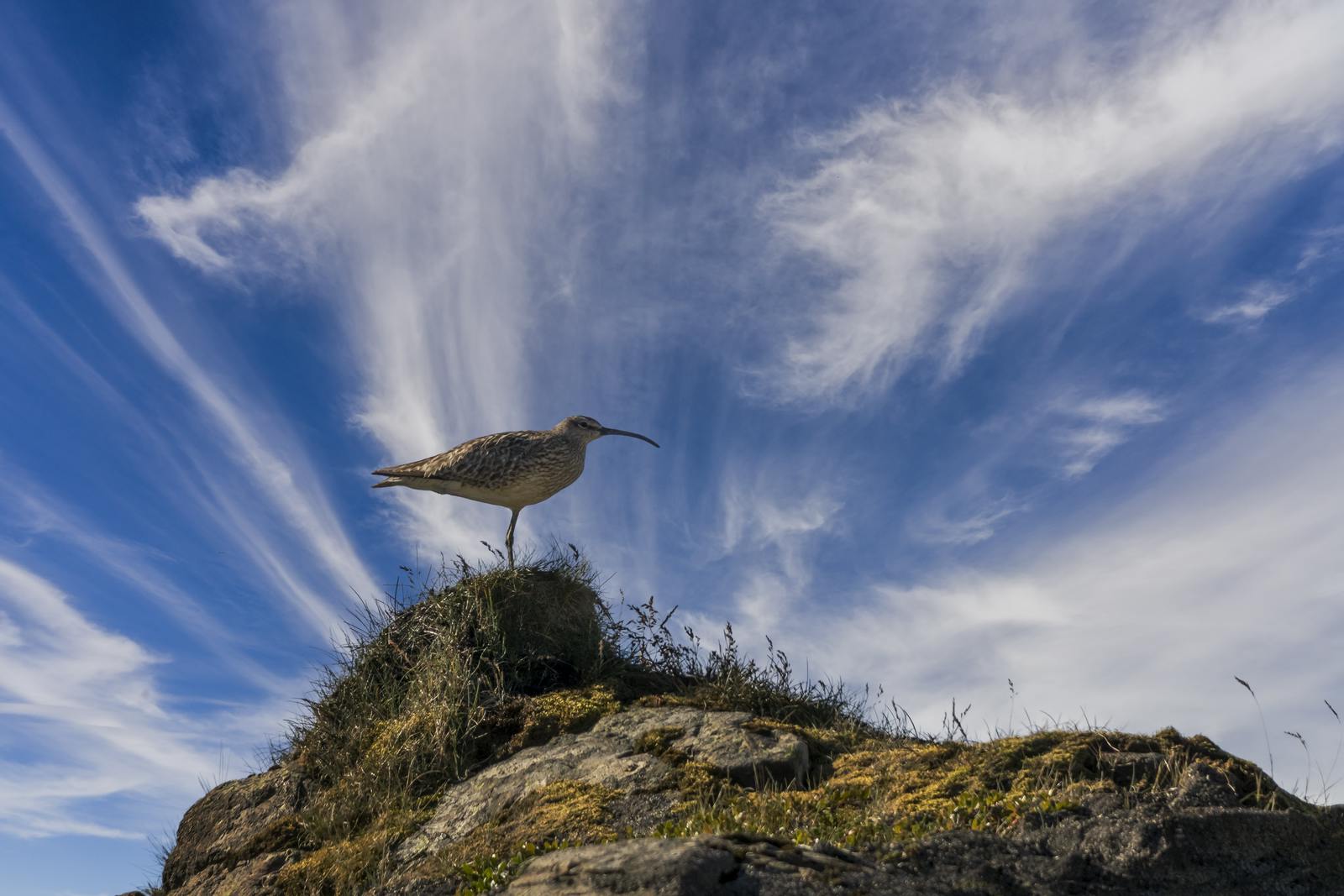
Iceland is home to a variety of bird species, many of which are migratory. Here are some of the birds that live in Iceland:
- Puffins: Atlantic puffins are perhaps the most iconic bird in Iceland. They are well known for their colorful beaks and their ability to swim underwater
- Arctic Terns: Arctic Terns are another common bird species in Iceland, notable for their long-distance migratory patterns, traveling from the Arctic to the Antarctic and back each year
- Golden Plover: The arrival of the Golden Plover is traditionally seen as the start of the Icelandic spring
- Guillemots: Both Common Guillemots (murres) and Brünnich's Guillemots are found in Iceland
- Northern Fulmar: Northern Fulmars are very common in Iceland and can often be seen flying along the coastlines
Animals and Wildlife in Iceland FAQ
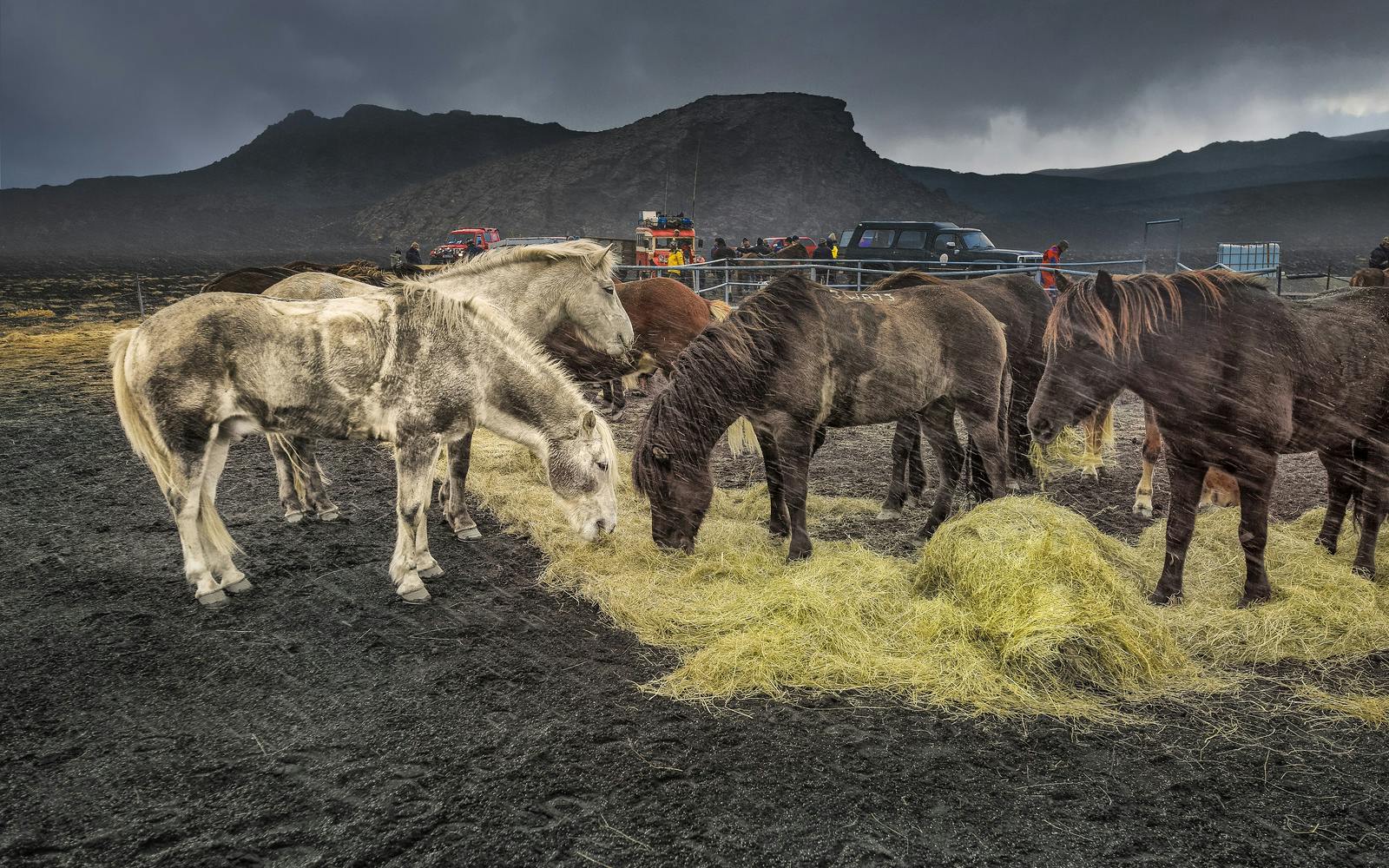
What Animals Live in Iceland
Iceland is home to a diverse range of animals, both native and migratory, adapted to its unique and sometimes harsh environment. Here are some animals you can find in Iceland: Icelandic horses, Arctic foxes, reindeer, puffins and whales.
Are There Wolves in Iceland?
No, there are no wild wolf populations in Iceland and have never been.
Are There Reindeers in Iceland?
Yes, there are reindeer in Iceland. However, it's important to note that reindeer are not native to Iceland.
Are There Penguins in Iceland?
No, there are no native penguin species in Iceland. Penguins are typically associated with Antarctica and the southern hemisphere, where they are abundant in countries like Argentina, Chile, and South Africa. Iceland, located in the North Atlantic, does not have a suitable climate or habitat for penguins to survive in the wild.
Are There Polar Bears in Iceland?
Polar bears are not native to Iceland. There have been rare occurrences of polar bears reaching Iceland's shore. To read more about Polar Bears in Iceland, click here.







